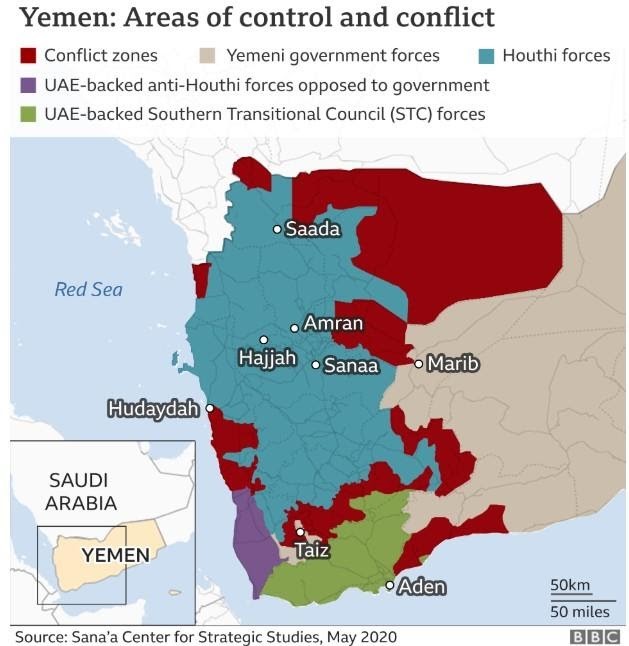
Bad are the days for us since the commencement of the year 2020, but for Yemenis; it is not “new” but already their “normal” day to day life. Unlike the rest of the world, they have learned to face economic struggles since the year 2015. They have grown accustomed to being desperate and in despair for the safety of their own lives. The civil war broke out when the citizens of Yemen demanded an end of 33 year old dictatorial rule of President Ali Abdullah Saleh and a start to new ray of hope called democracy. This peaceful revolution was turned into a humanitarian crisis by powerful nations like Saudi, UAE and Iran. As Yemen is located in Southwest Asia, at the southern tip of the Arabian Peninsula, between Oman and Saudi Arabia, it is one of the most active and strategic shipping lanes in the world. These three countries whiffed unscrupulous advantages and fueled their capital into arms and ammunitions. The government was backed by Saudi and UAE whereas the Houthis relied on Iran. Rather than aiding the poor country with food supply and medical assistance, these two sides ailed yemen with air strikes and bombings to fight-off each other.
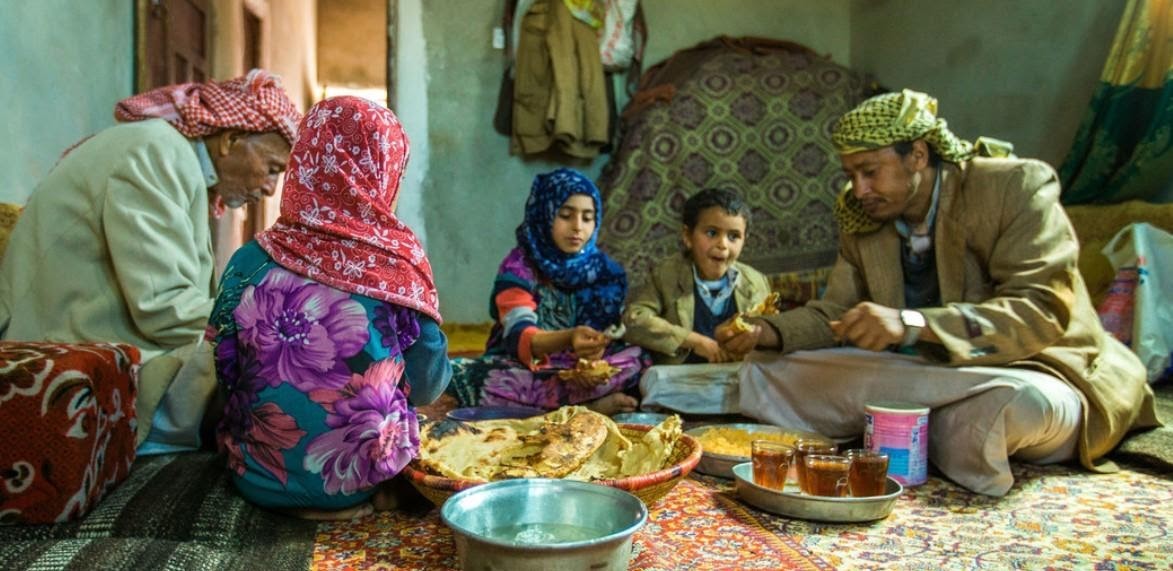
We often look out of the window and look at the shape of the clouds, then click a picture and send it on snapchat or merely marvel at the vibrant colored sky. Imagine a missile bolstering down into the atmosphere and hitting your home or your loved ones. These air strikes are ruthlessly being carried out from the year 2015. For which reason will you cry the most? For losing the loved one or for losing roof that provided you with a vague sense of protection? These air strikes are continuously and vehemently being carried out from the year 2015. On 15 February, 2020 as many as 31 civilians were killed and 12 others injured due to these terrible strikes. “More than 800 civilian casualties have been reported in Yemen as a result of fighting since January and several incidents involving multiple civilian casualties have been reported since the end of May,” stared Lise Grande, the humanitarian coordinator for Yemen, in the recent most interview. It is a chain reaction process. After the bombings and airstrikes people fear to head out and work to earn. In turn many companies run out of businesses. This leads to a paralytic shock to the economy. The education system has also broken down. With many houses being turned into rumble of stones, civilians had to either reallocate themselves or helplessly live on the streets.
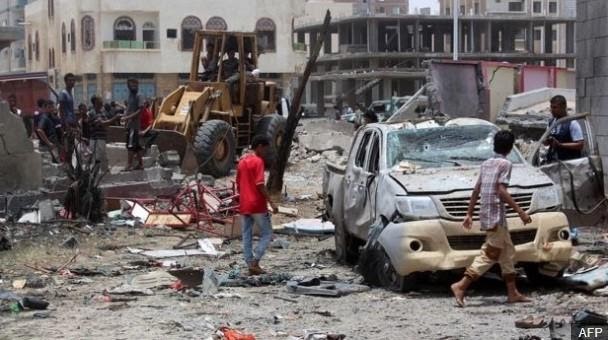
In the year 2016, a survey by Yemen’s education ministry showed that of 1,671 schools in 20 governorates which suffered damage, 287 needed major reconstructions, 544 were serving as shelters for internally displaced persons, and 33 were occupied by armed groups. Based on a sample of 143 schools, the estimated cost of the damage was $269 million. This war is gradually eating away all the development done in the country and creating more poverty. By the year 2016, the pillars of a sound economy- working sector, health sector and infrastructure sector were immensely disrupted to the point where there was famine and diseases everywhere in yemen. Already plagued with one of the highest malnutrition rates in the country, at just over 25 per cent, the UN suspected 209 cases of diphtheria and 252 of measles. The country which is majorly depended on groundwater for water supply, With being service sector dead and the government crippled, the sewages started out flowing. Which led to the outcome of history’s worst cholera outbreak.
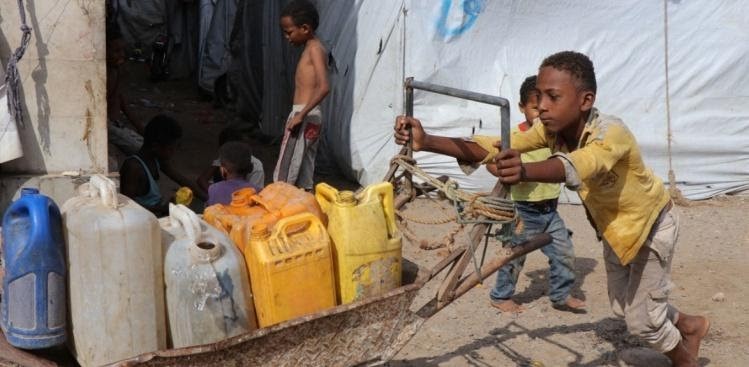
According to WHO the cumulative total number of suspected cholera cases from 1 January 2018 to 12 January 2020 is 1 246 230, with 1535 associated deaths. Children under five represent 26% of the total suspected cases during 2019. The outbreak has affected 22 of the 23 governorates and 318 of the 333 district of Yemen. Of a total of 10,129 samples tested at the central public health laboratories since January 2019, 5,381 have been confirmed as cholera-positive by culture. Even before covid-19, yeminis were suffering with sickness for which they had lost hope to get themselves cured. That was because these hospitals were either already jam packed where there were 4 patients lying on 1 bed; few getting medical assistance in their cars parked outside of that same hospital or the nearest hospitals were found shattered to the point that there lied only the history of a hospital.
Although if a person could find a hospital which was ready to admit him/her, that person would still choose to stay home because of lack of money in his/her pocket. Even if that person had money then he/she would rather feed their whole family than get treated. This is the story of the rich section of the country. Whereas eighty percent of the population [roughly 22 million people] depends on humanitarian aids for basic necessities like clean water and food. The world food programme (WFP) states that Yemen are reaching breaking point, and some $870 million is needed to continue giving life-saving assistance to millions of vulnerable people for the next six months. Both the parties of this war are only adding more nuisance by coming out with new conspiracies to prevent the humanitarians to supply basic goods efficiently and effectively.
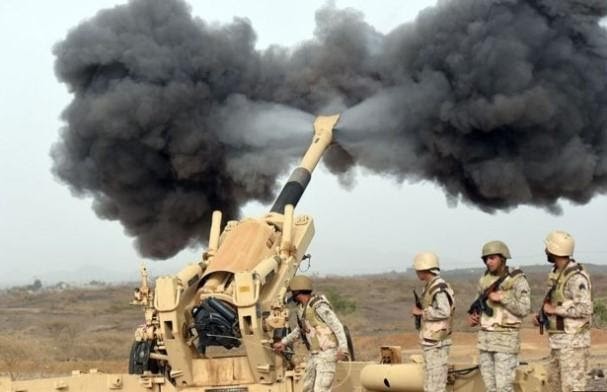
When the Houthi rebels swept control of the country ousting the president. Saudi Arabia and its Gulf allies launched a bombing campaign to reinstate their ally president Mr Hadi. For that the government alleged that the Houthis smuggled weapons via sea routes from Iran. And henceforth they implemented the blockade on the sea ports. As a result, ships carrying fuel have ceased docking, and prices have shot up due to the lack of supply. In one interview a humanitarian assistant stated that the transportation charges are far more costlier than the goods itself. As they Used the economy as a weapon of war, the funds of humanitarian agencies have almost dried up. To further complicate the situation, to force the government loosen up the restrictions, houthis bombed many water-pipes and water carrying tanks.
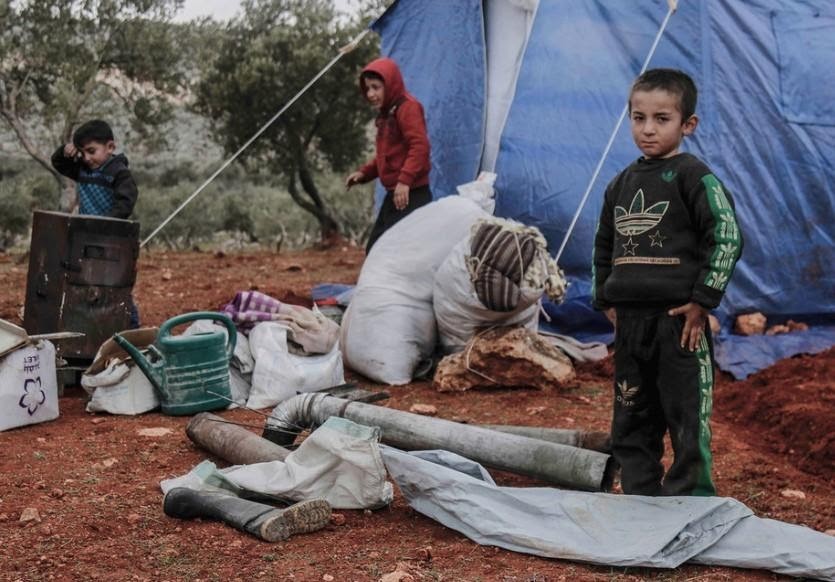
Children being deprived of education futhermore abused, increasing rate of women exploitation, major water scarcity and food scarcity leading to cholera, diarrhea and malnutrition and yet only half of the country’s hospitals functioning properly, not surprisingly suicide bombings by the IS groups with whatsoever diminished hopes the yeminis conjured to survive these troubles has suffered another fatal blow with arising cases of corona virus. with 24 million people needing lifesaving aid, The UN has said that nowhere will Covid-19 spread faster, wider and with deadlier consequences. Local authorities have reported 919 cases and 251 deaths. The population of yemen is approx 30.82 million out of which roughly 22 million are in dire need of humanitarian assistance. This simply means that by the end of this year the poplution could decrease drastically yet the dependency rate of yeminis onto humanitarian aid will only soar to the new heights.
Written By : PRIYANSHI SHAH.
Literary sources:
https://www.theguardian.com/world/2019/jun/20/yemen-civil-war-the-conflict-explained .
https://www.theguardian.com/world/2020/feb/16/yemen-air-strikes-kill-31-civilians-after-saudi-jet-crash
https://www.reuters.com/article/us-yemen-security-damages/exclusive-civil-war-costs-yemen-14-billion-in-damage-and-economic-losses-report-idUSKCN10R2B7
http://www.emro.who.int/pandemic-epidemic-diseases/cholera/outbreak-update-cholera-in-yemen-12-january-2020.html
photo citations:
https://news.un.org/en/story/2020/05/1064892
https://news.un.org/en/story/2020/06/1066342
https://www.bbc.com/news/world-middle-east-29319423
https://news.un.org/en/story/2020/06/1066192
https://www.bbc.com/news/world-middle-east-29319423
